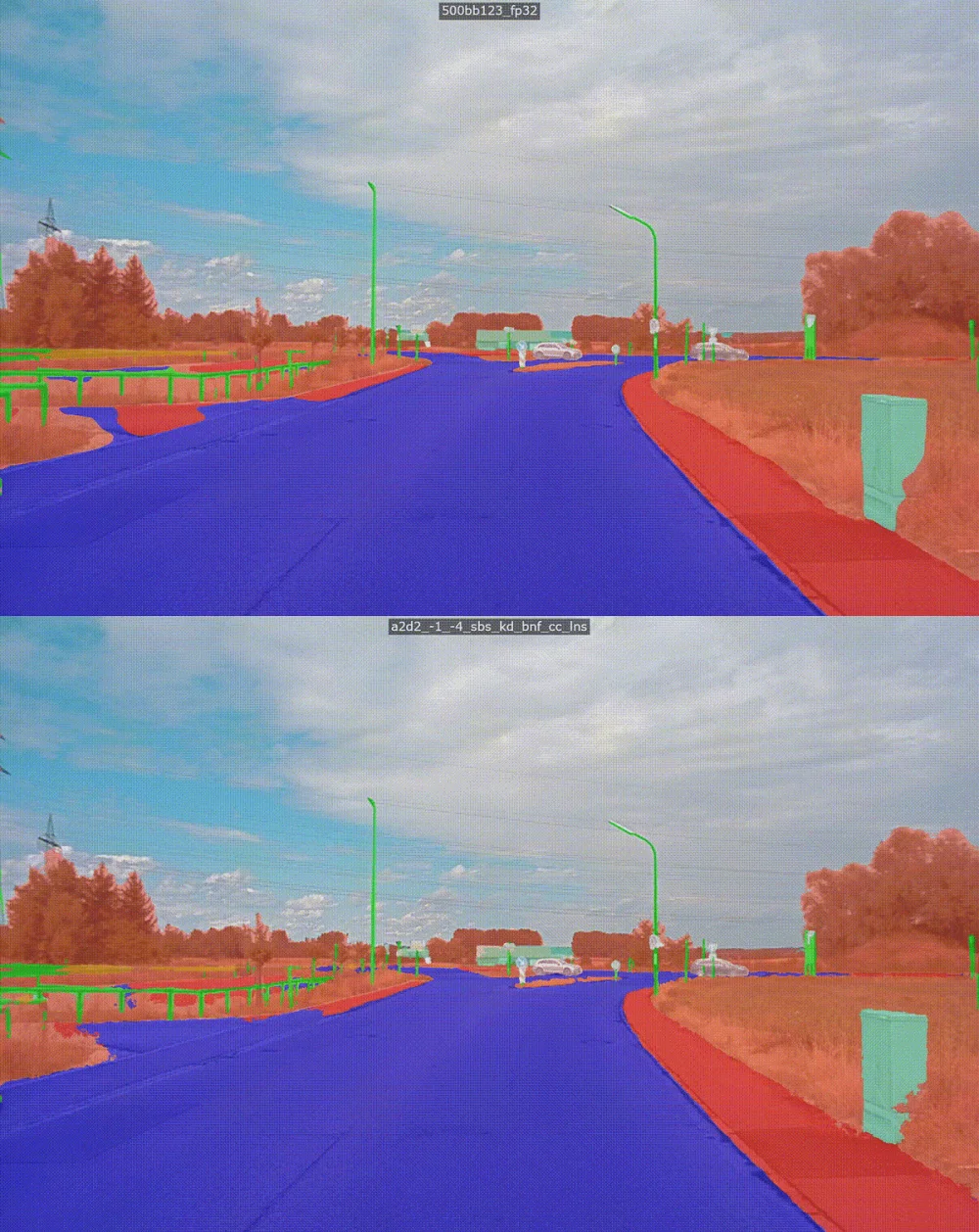Averting the deadliest collisions — head-on
By Sidhart Krishnamurthi, Product Management
Imagine 2 cars on an undivided, 2-lane road driving toward each other at 60 mph on a clear, sunny day. At 220 yards apart they see each other, subsequently taking 1.5 seconds to react. They’re now 145 yards apart. At 60 mph, between the two vehicles, the total distance needed for braking to avoid the collision is 182 yards, revealing a drastic situation at hand.
Change the cars to trucks and although the reaction time stays the same, the braking distance increases due to vehicle size and mass. On top of that, in any vehicle, driver reaction times may be impacted by reckless or distracted driving. Alter the previous scenario by a single one of these factors, and a probable head-on collision becomes inevitable, with greater consequences.
Due to things like low illumination, high speeds, and unpredictable obstacles, 75% of head-on collisions occur in two-lane, undivided roads, a typical street type. The force of impact is doubled during head-on collisions, with a 58% fatality rate. Any survivors often suffer other issues, like head trauma. The biggest impact on safety is non-zero human-reaction time. Although a human brain rapidly processes visual cues, reaction time is never instantaneous, and this factor, unfortunately, often prevails.
Autonomous vehicles (AVs) remove the excess reaction time that leads to head-on collisions. If the previously described vehicles were replaced with AVs, reaction time would be nearly 0, and the AVs would have stopped with 38 yards to spare, avoiding a head-on collision.
AVs are programmed to drive legally, eliminating concerns about reckless or distracted driving. However, night driving and inclement weather conditions also cause head-on collisions because they limit visual range and therefore also require increased reaction time. These are common scenarios. AVs must thoroughly observe, process, and path-plan, all within a minuscule time window, faster than a human. In doing so, they contribute to preventing head-on collisions by eliminating reaction time and navigating through any environmental condition.
Three important characteristics must be prioritized for AVs to avert head-on collisions. The first is visual range. An AV must have time to process and execute a plan. This is especially important in inclement weather, which reduces human visual range. Next is classification accuracy. AVs must correctly identify the object(s) within range and create a collision-avoidance plan. Third is processing speed, as the AV must recognize and classify information, make a maneuver, and avoid the collision.
Therefore, an AV needs a vision-processing machine that can quickly and accurately identify, classify, and interpret visual cues: that means high compute power with low latency. The visual-processing engine needs thousands of TOPS of compute power to accurately survey its surroundings in real time while transmitting information within a few milliseconds.
Today no product has the processing capacity to fully avert head-on collisions. Luckily, Recogni is developing a vision-cognition system, purpose-built with the processing capacity to always enable an AV to perform. To facilitate this, we have a cross-functional team of experts in the auto, AI, and chip industries working together to make AVs a reality, and head-on collisions obsolete.





